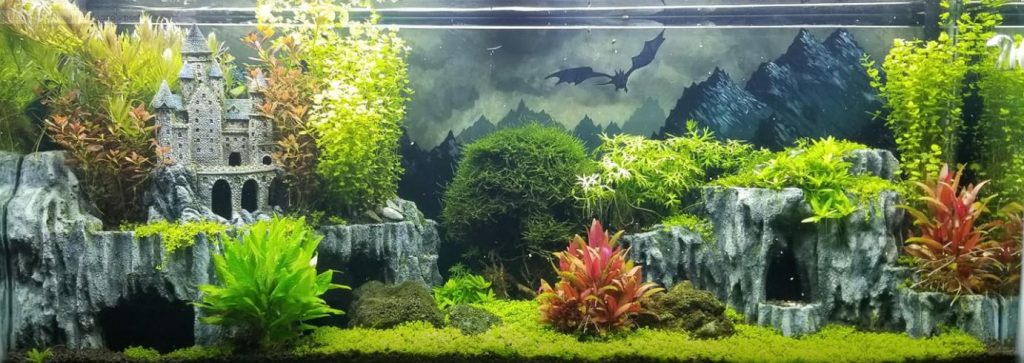
Predicate
All discussions of nitrate must be predicated with a caution. The 10 ppm of nitrate of the scientists, (the Hach test kit and the Lamotte test kit) is a 44 ppm test level of nitrate via the “normal” aquarium test kits (API aquarium test kit, the Seachem Multitest kit, the Sera Nitrate test, the Salifert test kit and the API test strips).
One Way to Look at Nitrate
Aquarium nitrate levels are a very gray area that is best looked at with a human analogy. Let us equate 40 ppm of nitrate per the API test kit (10 ppm per the scientists’ test kits) health wise with one beer per day in humans.
One beer a day, every day, will create microscopic changes in the liver of a human, just like 40 ppm of nitrate causes microscopic changes in the liver of a fish. Does one beer a day hurt a human? Depends on who you talk to. Most research says one beer a day is harmless to humans. Also most research says 40 ppm of nitrate is harmless to adult tropical fish, fish fry, shrimp and axotyl.
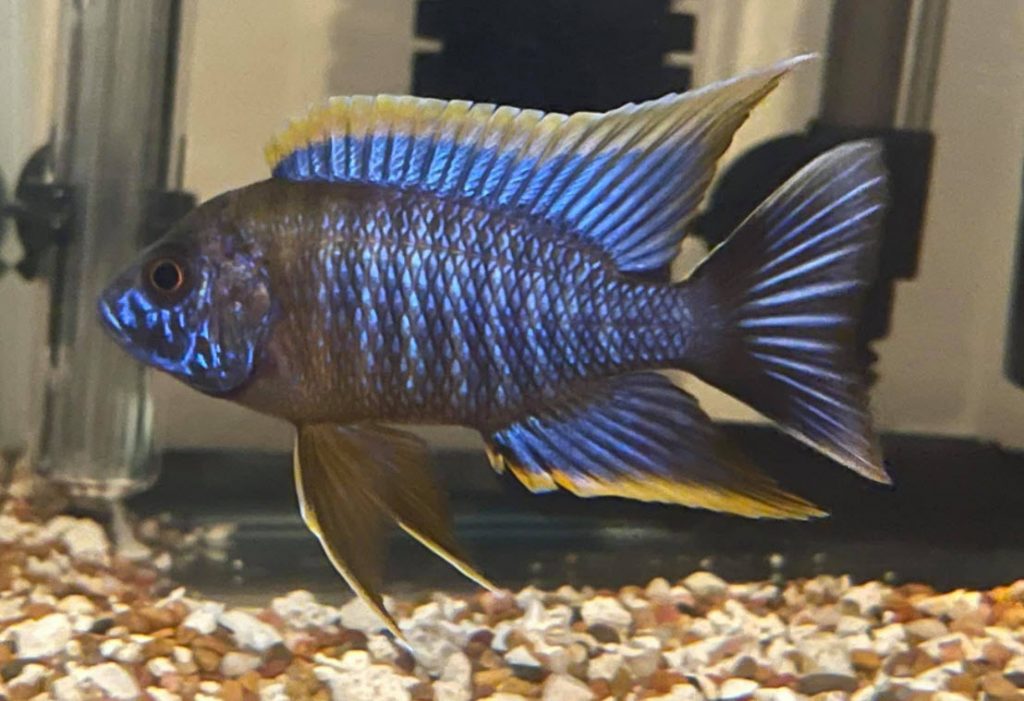
Two beers a day, every day, might or might not create some slight health problems. In the same way 80 (40 x 2) ppm of nitrate in an aquarium might or might not create some slight health problems in an adult fish. It once again just depends on who you talk to. Researchers have found 80 ppm can damage shrimp, axotyl and some sensitive fish fry.
Four beers a night, every day, will probably create some health problems and give a human a shorter life span by 2 to 5%. The same is probably true with 160 (40 x 4) ppm of nitrate with adult fish. Is the risk acceptable? Depends on who you talk to.
Eight beers a night or 320 (40 x 8) ppm of nitrate will definitely have serious consequences. But some people live to 100 with eight beers a night.
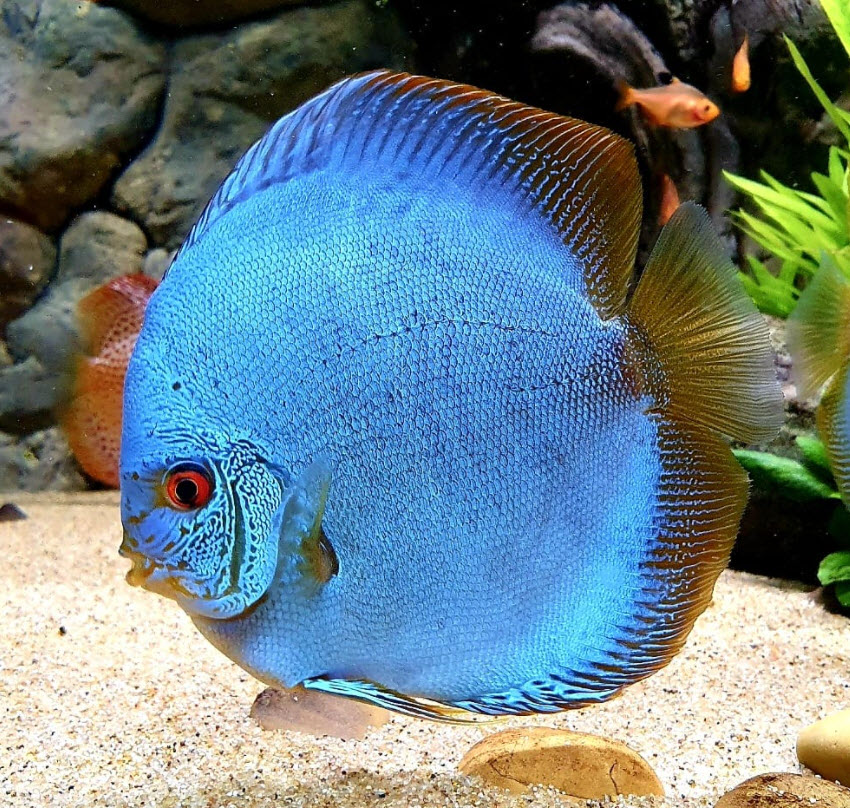
Sixteen beers will kill some people. 640 (40 x 16) ppm of nitrate will kill some fish. So the analogy holds quite well. Note that both alcohol and nitrate are detoxified by enzymes in the liver of higher order animals. Thus there are good reasons that the analogy holds well.
There is no right answer here. It just all depends on the risk level each hobbyist is comfortable with. Most hobbyists are comfortable with anything from 40 to 80 ppm of nitrate (i.e. one to two beers).
Note that nitrate is simply not very toxic to ADULT fish. António et. al. 2017 found no long-term effects from a level of 440 ppm. Monsees et. al. 2016 found the lower long-term damage level for adult cichlids to be 2,220 ppm. Science Direct and Semantics Scholar have several papers available all of which say a level of 440 ppm does no long-term damage to adult fish. A recent study exposed young salmon to 440 ppm nitrate for 8 months and they grew just as well as salmon kept at 1/10th that level.
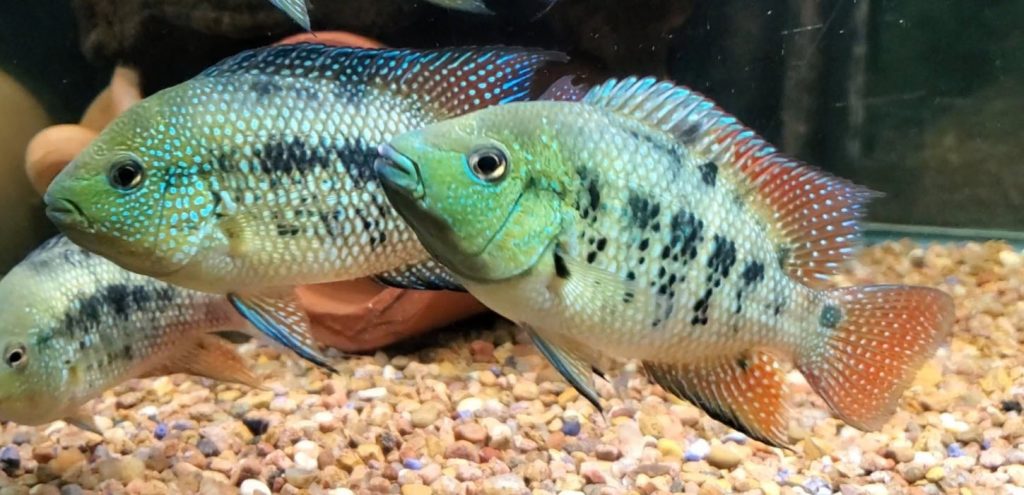
Summary of the Research
Nitrate is another “toxin” frequently mentioned in the keeping of tropical fish. The toxic level of nitrate is quite high. The following are the limits on nitrate:
- Chronic: 440 to 1200 ppm depending on species
- Acute: 880 to 4,400 ppm depending on species
Toxicity depends on the species, with pond fish generally being better able to handle high levels than fish from mountain streams. Because of inadvertent selective breeding, common goldfish can withstand very high levels of nitrate (>4,400).
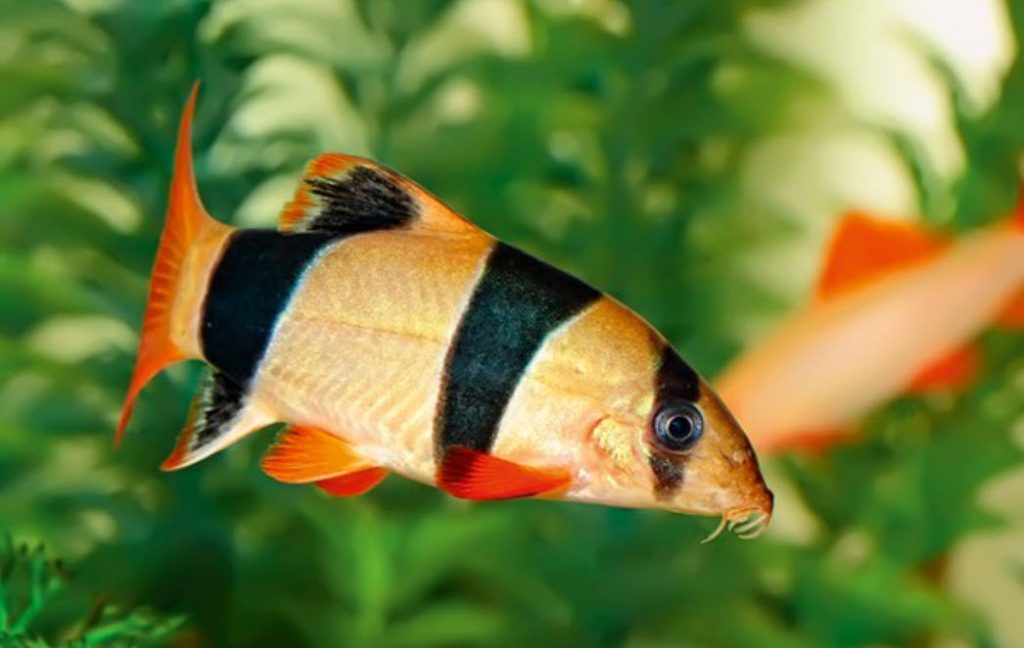
The level of nitrate one wants to hold determines the frequency of the water changes. The lower the nitrate level one tries to hold the more one has to change the water. And the more one has to change the water the more likely it is that one will give up the hobby in a short period of time. Trying to hold a level of 20 in an aquarium will require four times the number of water changes that trying to hold a level of 80 in your water. Note this assumes there is no nitrate in the tap water being used.
With the popular API test kit for nitrate it is very difficult to find any difference between 40 and 80 ppm nitrate. Aiming towards a “orange-red” but not “red red” on the API test is a very reasonable course for most hobbyists. Note that the API test is inaccurate if the darkness of the tube is used to gauge the nitrate. One has to use the chroma of the tube, namely how orange is the red.
The nitrate test itself is very prone to aging and inaccuracies as well. If the bottles have been open more than six months at room temperature, the test can give erroneous readings. And the shaking directions need to be very closely followed. If they are not followed one will get erroneous readings.
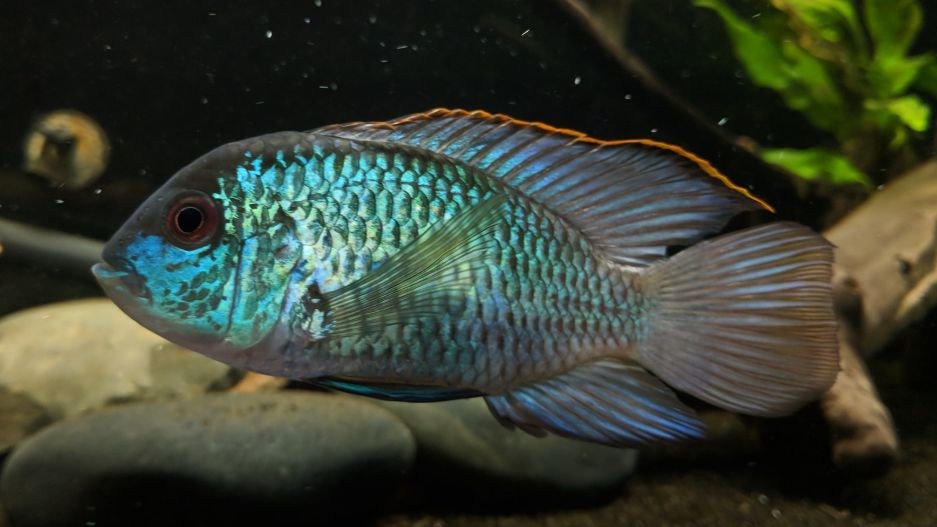
Adults of higher order animals like fish (and humans) have evolved metabolic pathways which neutralize nitrate quite efficiently. The only health issue in humans with levels of nitrate above 220 ppm in drinking water is blue baby syndrome. Newborn babies can’t handle the nitrates, but adults are fine with it.
Note that a scientist’s 1 mg/L NO3-N translates to a hobbyist’s 4.4 ppm NO3, thus the 44 and 440 figures.
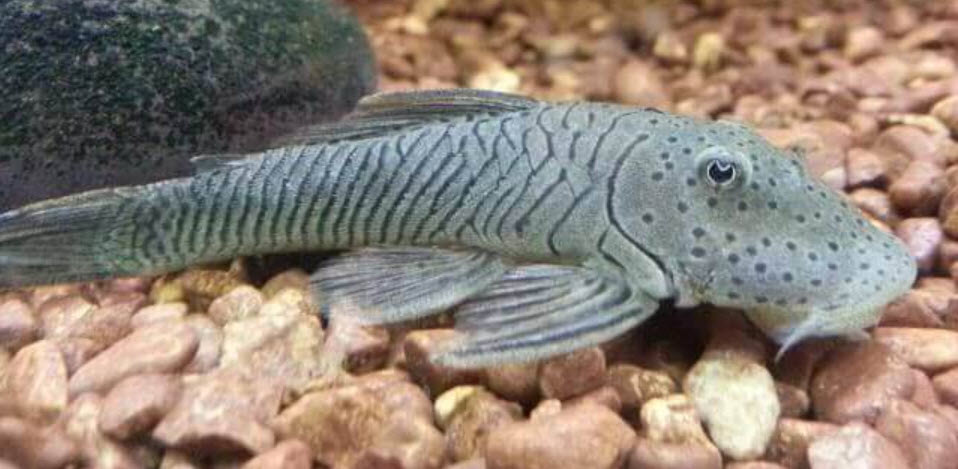
The Profit Motive
There are a host of charts and websites which say one should do a 50% water change if you have 20 ppm of nitrate (i.e. a level of 10 ppm or less must be maintained) in order to have healthy fish. This typically translates into a 50% water change once a week. Some simple calculations say that the market for aquarium water conditioners is about $150 million if hobbyists do 50% water changes once a week.
If hobbyists only change the water when the nitrate level goes to 80 ppm (i.e. a level of 40 should be maintained, a far more realistic number) then the yearly market for conditioners is only $37 million. So that basically is 113 million reasons for the charts and the recommendations. Isn’t the profit motive great?
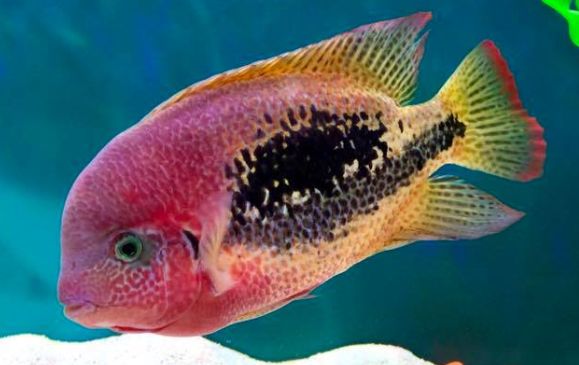
Speculation
Whenever the topic of the effects of high nitrates comes up there are a whole host of people who come out of the woodwork saying this and that. Comments like “nitrates over 20 ppm are sure to create hole-in-the-head in his cichlids”. This sort of “statement of fact” is nothing more than unsupported speculation that has somehow through the magic that is the internet becomes “established fact”.
An extensive search of the research literature about hole-in-the-head has revealed absolutely no research which documents that nitrates are a factor in hole-in-the-head. The author had an Oscar some forty years ago when “old water was good water” and we didn’t do water changes. The nitrates must have been through the roof. The Oscar never got hole in the head. But the aquarium had several huge filters on it and the water was crystal clear.
There are a whole host of such unsupported claims. “Your fish’s color won’t be good if nitrates are high“, “discus can’t spawn if nitrates are over 20“, “blackwater fish are super sensitive to nitrates“, “I’ve breed Africans and I can tell you my fish are healthier when I keep nitrates lower than 20 ppm“, etc. etc. All this is simply unsupported speculation.
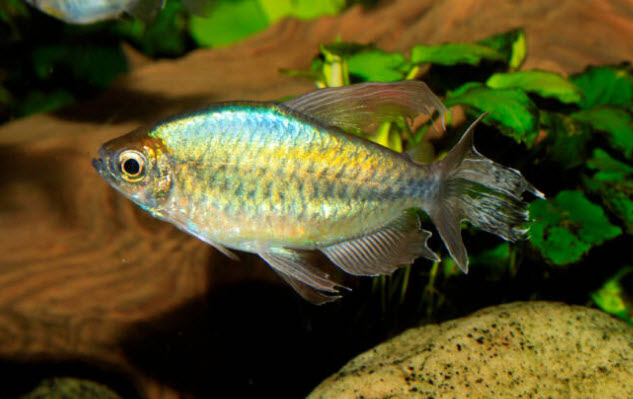
I like the Facebook comment below:
Brett James Greig: “Keeping your nitrates below 40 is a fools errand and completely unnecessary. People telling you to keep your nitrate levels consistently below that are simply parroting what they’ve seen other tell them, and have never actually experimented and tried things out for themselves. My tank started thriving more than ever when I stopped worrying about that kind of crap and messing with my tanks weekly. Switched to monthly water changes, and just looking to keep Nitrates < ~80-100ppm, everyone seems much happier. Eggs everywhere, Corys breeding, I even have zebra danios successfully breeding with fry surviving my angelfish. People try to do too much in this hobby”
Couldn’t say it any better if I tried.
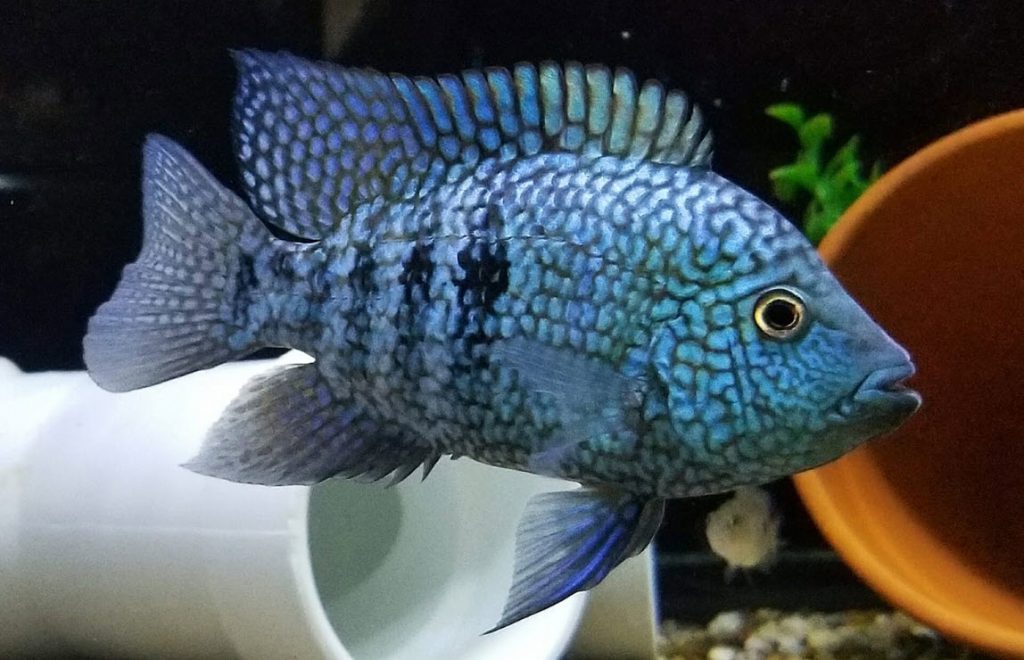
Low Nitrates
There are constant questions on social media along the lines of “My tank has been running for three months and I have no nitrates. What is wrong?” There are five conditions that can cause this:
- A lightly stocked aquarium being lightly fed
- Plants in the aquarium absorbing the nitrate
- Frequent water changes removing the nitrate
- Not shaking the API nitrate test tubes enough (very common mistake!)
- Feeding food with less than 40% protein in it. This give high rates of what is called “assimilatory denitrification”. Basically, the nitrate gets tied up in the brown gunk in the aquarium.
Obviously all five things can go on at once in an aquarium. Note that “anaerobic denitrification” by something like a deep sand bed is not included. Deep sand beds do NOT do denitrification.
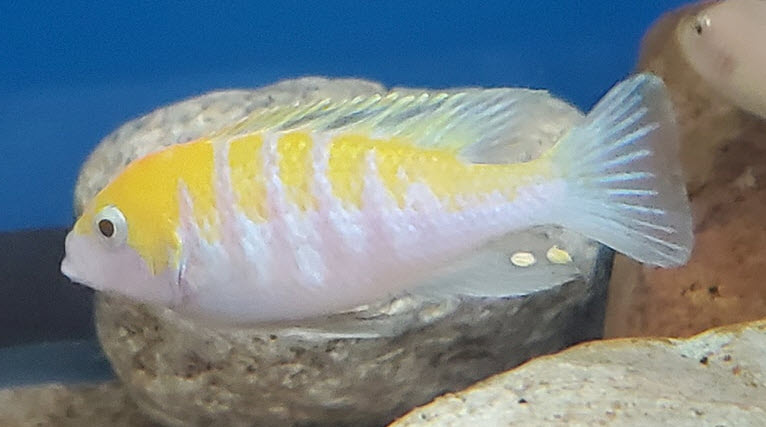
Calculating Nitrate Level
Hobbyists always want to know what their nitrate levels “should be” And actual exchange on this website is helpful:
“John
How to calculate the nitrate ppm produced in in a week in an overstocked 100gal aquarium being fed 7g of 40% protein food each day (49g total food per week), assuming the food is 100% consumed by fish? In short: how to convert grams of food to ppm nitrate? Thanks!
Dave
In reply to John ….. Let’s see it this very old brain can do this. 7×7=49 grams dry food per week, 40% protein, protein is generally 15% elemental nitrogen (with considerable variation). So we are adding 49×0.4×0.15= 2.94 grams elemental nitrogen per week. Nitrate is 4.4 times elemental nitrogen 2.94×4.4=12.9 grams nitrate per week. A single ppm in a 100 gallon tank is 0.36 grams. 12.9 divided by 0.36 = 36 ppm per week nitrate added. So for a 100 gallon tank one can just multiply the weekly weight of dry commercial food by 0.73 (36/49) to get the nitrate loading in ppm.
Note this assumes adult fish which are not adding weight to their bodies. If they are juveniles this number can easily be cut in half by the protein in the food ending up as muscle protein in the fish.”
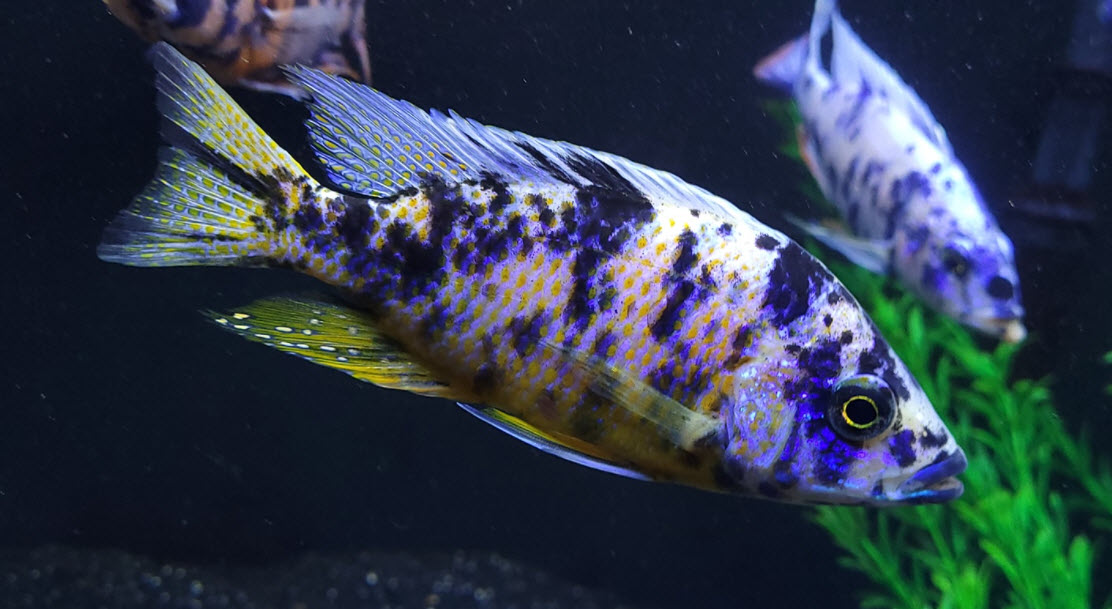
Further Data
There are some aquarium hobbyists who are interested in delving deep into the science and the calculations behind all aspects of the hobby. For those who are so inclined the following is pertinent:
5.4.1.Nitrate in More Depth
.
Return to Water Parameters Menu
.
Aquarium Science Website
The chapters shown below or on the right side in maroon lead to close to 400 articles on all aspects of keeping a freshwater aquarium. These articles have NO links to profit making sites and are thus unbiased in their recommendations, unlike all the for-profit sites you will find with Google. Bookmark and browse!
.

Gary says
Nitrate has never harmed my fish and l have been in this hobby for going on 40 years. Water parameters where not heard of 40years ago. My Nitrate is around 20ppm/40ppm weekly,l do weekly 40% water changes to recharge the minerals in the water, and because my fish simply love fresh water.As a lot of hobbyist will be aware your fishs behavior changes. They become more active/ alive, it’s as if there showing there appreciation.
Dave says
The last paragraph in this article is the following: There are some aquarium hobbyists who are interested in delving deep into the science and the calculations behind all aspects of the hobby. For those who are so inclined the following is pertinent:
5.4.1.Nitrate in More Depth
SM says
Hello, where can I find your sources for this article so that I can read further?
Dave says
In reply to Katie …. While I’ve never run across any research on pea puffers I think you are correct. Pea puffers are NOT sensitive to nitrates. I like the allegory of “Unwind the echo chamber”
Katie says
Got into an argument with someone the other day about pea puffers being “sensitive to nitrates” and just wanted to verify my thinking with someone who thinks and trusts research, rather than just parrots others. This person seemed to be taking this page as gospel https://www.pufferfishenthusiastsworldwide.com/post/c-travancoricus saying “it’s written by people who have been caring for fish longer than you have been alive” (certainly incorrect when it comes to pea puffers, recent widespread acceptance that they’re shoaling fish has only happened since 2020 and they are relatively new to the aquarium trade).
This page claims that you should keep nitrates less than 15ppm and as close to 0 as possible. My thought is that this is a correlation is not causation issue. If you are busting your ass doing 50% water changes weekly to keep the nitrates down, in the process you will be removing any remains of food that has spoiled so there’s less likelihood of them getting food poisoning and less likelihood of bacterial outbreaks caused by the bacteria feasting on the food. As such it has NOTHING to do with how supposedly sensitive the puffers are to nitrates.
A point I made was that if nitrate levels were so critical then the first order of business for any pea puffer tank would be to add duckweed or other surface plants, which is never something brought up as critical, only as a suggestion to add cover.
Does this sound logical or is there something I’ve missed in trying to unwind the echo chamber?
Dave says
In reply to VVY …. From 5.4.1. nitrate in depth:
All discussions of research papers on nitrate must be predicated with a caution. The 10 ppm of nitrate (NO3-N) of the scientists, (the Hach test kit and the Lamotte test kit) is a 44 ppm test level of nitrate (NO3) via the “normal” aquarium test kits (API aquarium test kit, the Seachem Multitest kit, the Sera Nitrate test, the Salifert test kit and the API test strips). So most of the scientific studies need the limits to be multiplied by 4.4 to come up with proper “nitrate” levels for the hobbyist.
This is because scientists look at ONLY the nitrogen in the nitrate, they do not look at the oxygen in the nitrate (nitrate is one nitrogen atom and three oxygen atoms). The API and other aquarium tests look at the entire nitrate; nitrogen AND oxygen. Note that the chemistry of the tests is identical. It is only the number assigned to each color which changes. For instance, with the API test orange is 40 ppm (NO3), with the Hach Test (NO3-N) orange is 8 ppm.
vvy says
“10 ppm of nitrate of the scientists, (the Hach test kit and the Lamotte test kit) is a 44 ppm test level of nitrate”
Hi, I can’t find any articles related to this in your blog, could you please detail how it is measured like that? Thank you